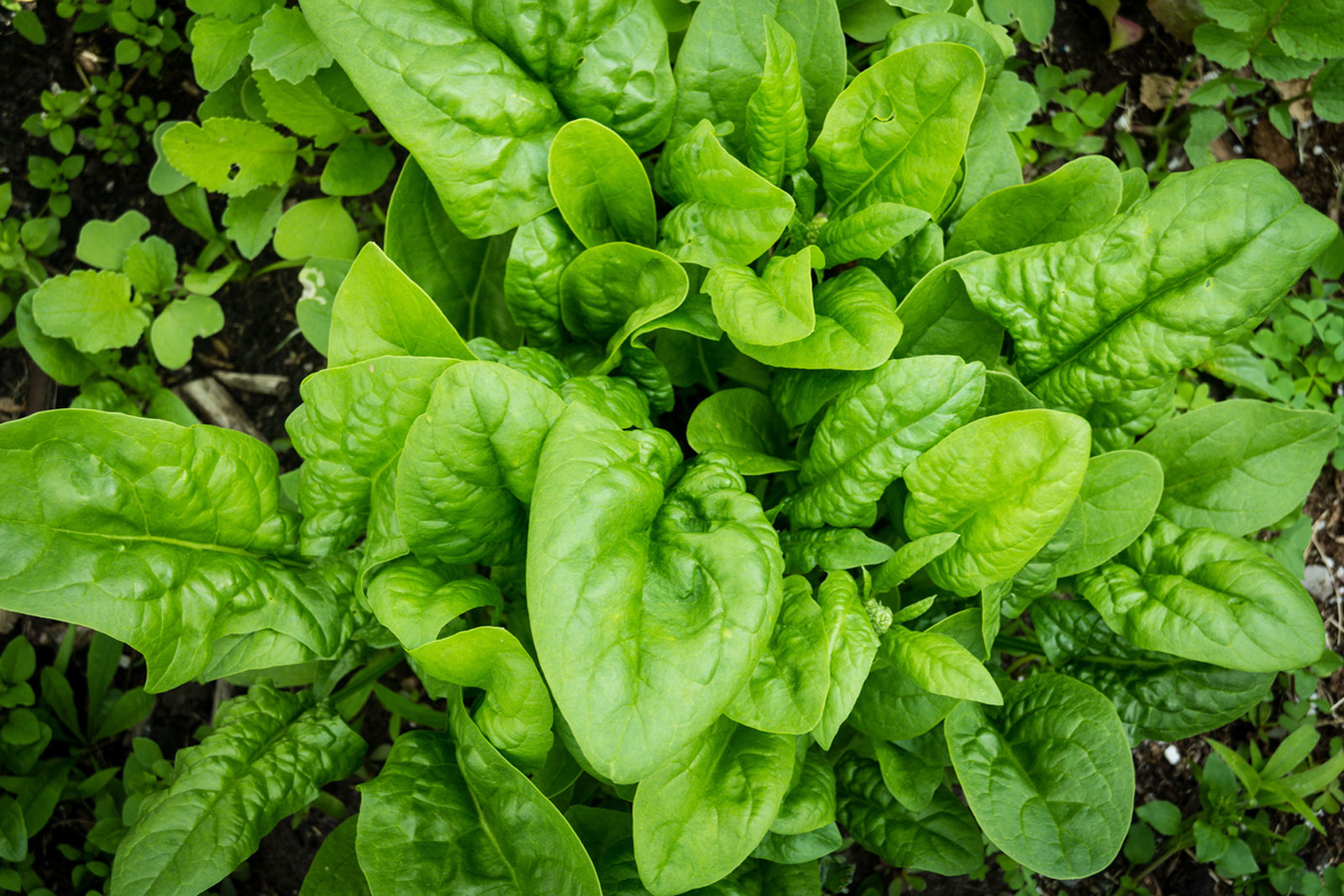Aquaponics is growing in popularity as it allows you to control your plants’ growing environment, allowing them to develop fully. If you are new to aquaponics and do not know what plant to choose first, we listed three very easy ones to start with….

What To Grow In Aquaponic?
Growing Basil In Aquaponic.
Because of its high nitrogen content, basil is an ideal plant for aquaponics. However, precautions must be taken to avoid excessive depletion of water nutrients.
Growing conditions: Basil seeds need a high and stable temperature to trigger germination. Once transplanted into the system, basil grows best under warm temperature conditions and in full sun. However, better leaf quality is achieved with minimal shade. With daily temperatures above 27°C, plants should be ventilated or covered with about 20% shade, especially during hot spells and if solar radiation is excessive to avoid plant burn.
Instructions: Transplant new plants into the system when they have 4-5 true leaves. Basil can be affected by various fungal diseases including fusarium, gray mold and black spot. This occurs when temperatures drop below optimal levels and when humidity is high. Having air and water temperatures above 21°C night and day helps reduce plant stress and prevent disease.
Harvest: You can begin harvesting the leaves when the plants reach 15 cm in height and continue for 30 to 50 days. Care should be taken when handling the leaves at harvest time to avoid bruising of the leaf and blackening. It is advisable to remove the flowering tops during the plant’s growth to avoid a bitter taste in the leaves and promote branching. However, basil flowers are attractive to pollinators and beneficial insects. Leaving a few flowering plants can improve the overall health of your garden and will ensure a constant supply of basil seeds.
Growing lettuce in aquaponics:

Guide To Growing lettuce In Aquaponic.
Lettuce grows particularly well in aquaponics because of the optimal nutrient concentrations in the water. Almost all varieties of lettuce can be grown in aquaponics.
Growing conditions: For good growth, the temperature must be between 3 and 12 degrees Celsius during the night and between 17 and 28 degrees Celsius during the day. Excessive light and humidity can cause seeds to be set, and water temperature above 26°C can also promote bolting and bitter leaves.
Lettuce has a low nutrient demand, but good calcium levels in the water help prevent leaf tip burn in summer crops. The ideal pH is between 5.8 and 6.2. However, lettuce still grows well with a pH above 7.
Growing instructions: The plants can be integrated into the aquaponic system after three weeks with at least two or three true leaves. Additional fertilization with phosphorus in the second and third weeks promotes root growth. You can harden the plant through exposure to colder temperatures and direct sunlight for three to five days before transplanting, which results in higher survival rates. When transplanting lettuce in hot weather, put artificial light over the plants for two to three days to avoid stress. To achieve sweet but crisp lettuce, grow the plants quickly by maintaining high nitrate levels in your system. When air and water temperatures rise, use varieties resistant to bolting. If you have space left in your system, plant new lettuce that will be shaded by the larger plants next to it.
Harvest: Harvesting can begin as soon as the leaves are large enough to eat. If you are selling them at the market, remove the entire plant with the roots as soon as they seem to reach 250-400 grams, which is usually the weight of lettuce sold at the market. Cut off the roots and put them in the compost bin. Harvest early in the morning when the leaves are still full of moisture and quickly put them in the cold.
Growing Cauliflower In Aquaponic.

Growing Tips.
Cauliflower is a high-nutrient winter crop that grows and thrives in growing beds with adequate plant spacing. Cauliflower has a relatively high nutrient demand and responds positively to high concentrations of nitrogen and phosphorus. The plant is susceptible to climatic conditions, and its heads do not develop properly in hot, very cold or very dry weather.
Growing conditions: The optimal air temperature for the initial vegetative growth of the plant is 15-25 °C. For head formation, the plants need cooler temperatures in the range of 10-15 °C for fall crops and 15-20 °C for spring crops. Good air humidity and full sun conditions are needed to develop good heads. The plants can tolerate cold temperatures. However, heads can be damaged by frost. Light shade may be beneficial in warmer temperatures above 23°C.
Growing Instructions: Germinate seeds in propagation trays at 20-25 °C. Provide direct sunlight from the early seedling stages so that the plants do not become “leggy”.
When the plants are 3 to 5 weeks old and have 4 to 5 true leaves, you can start transplanting into the aquaponics system with a spacing of about 50 cm. When the head reached about 6 cm in diameter, harvesting can take less than a week in ideal temperatures or a month in cooler conditions. Excessive sunlight, heat or nitrogen uptake can cause the main flower to look like a small grain of rice, and temperatures below 12°C could produce the opposite of buds.
Cauliflower is susceptible to certain pests such as flea beetles, white grubs and cabbage aphids which can be removed by hand or other pest management techniques.
Harvesting: Harvesting is done when the heads are compact, white and firm. Cut off the heads with a large knife, remove the plant and remaining roots from the growing bed and place them in a compost bin.
Let us know in the comments which one of these three mentioned above will you give a try…



